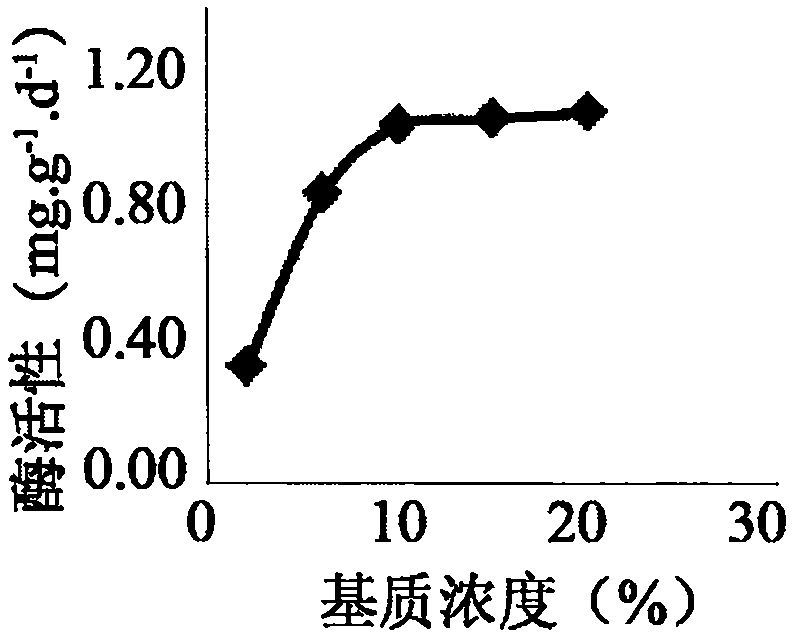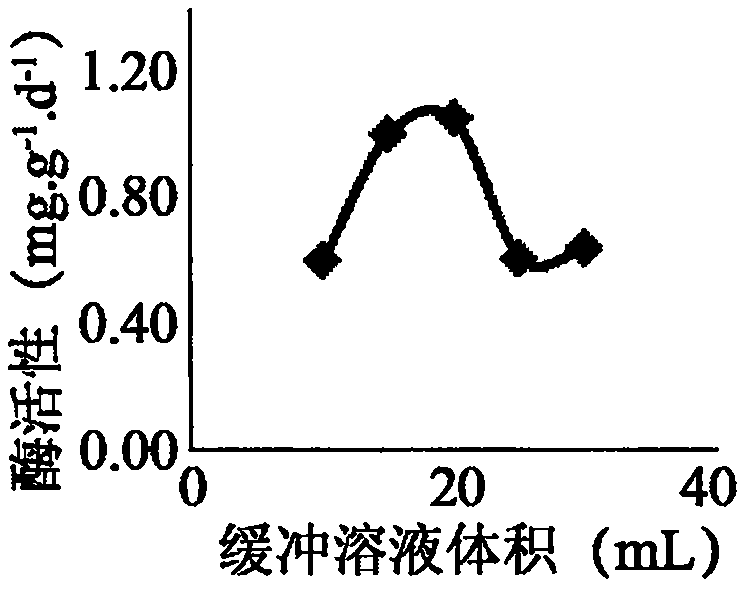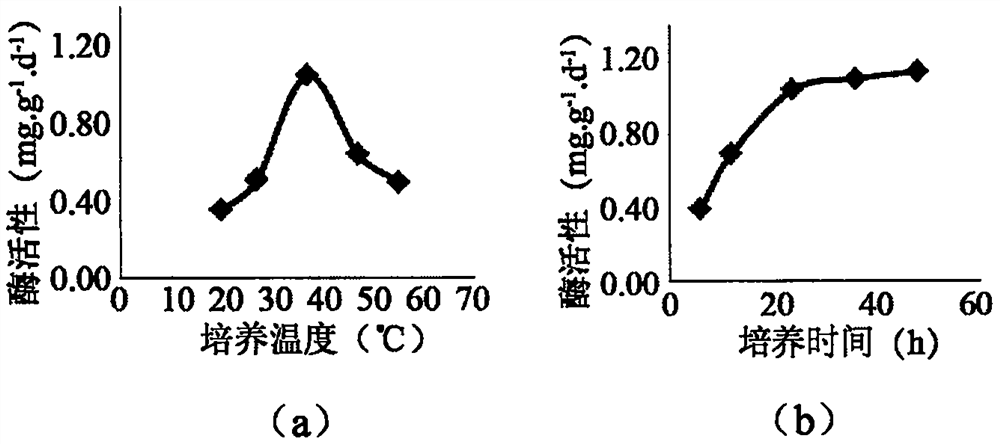Soil biological activity and productivity evaluation method based on soil enzyme activity measurement
A biological activity and activity determination technology, applied in the field of soil detection, can solve the problems affecting soil quality, soil enzyme activity measurement efficiency and accuracy reduction, etc.
- Summary
- Abstract
- Description
- Claims
- Application Information
AI Technical Summary
Problems solved by technology
Method used
Image
Examples
Embodiment 1
[0030] Soil biological activity and productivity evaluation method based on the measurement of soil enzyme activity. Due to the wide variety of soil enzymes, there are many methods for measuring their activity, but there is no unified method. At the same time, there are many pretreatment items before the measurement of enzyme activity. The standards are not consistent enough to achieve a standardized way to effectively evaluate soil biological activity and productivity. According to the degree of influence of different soil enzymes on soil biological activity and productivity such as soil fertility and soil quality, five kinds of biogeochemical cycles that can represent the biogeochemical cycle of organic source nutrients such as carbon, nitrogen, phosphorus, and sulfur in the catalyst are determined. The five soil enzymes were urease, phosphatase, β-glucosidase, arylsulfatase and N-acetyl-β-D-glucosaminidase, and the NH in 1g soil after 24h 3 The milligrams of -N represent th...
Embodiment 2
[0034] (1) Determination of urease activity
[0035] The collected soil samples were removed from the samples (leaves, stones, etc.), crushed with a ceramic mortar, mixed well, passed through a 1mm sieve, and stored in a 4°C refrigerator for later use. Take 5g of fresh soil and place it in a 50mL Erlenmeyer flask, add 10mL 10% urea solution and 20mL citrate buffer solution with a pH value of 6.7, shake well, put a cork on it, incubate in a 37°C incubator for 24h, take it out, add 20mL (1.0 mol / L KCl+0.01mol / L HCl) solution was shaken for 30min at a speed of 160r / min, and the soil suspension after shaking was centrifuged at a speed of 4000r / min for 5min and then filtered, and 3ml of the filtrate was injected into a 50ml volumetric flask, and then 4ml sodium phenoxide solution and 3ml sodium hypochlorite solution, add and shake well, develop color and constant volume after 20min, use a 1cm cuvette within 1h, compare color on a spectrophotometer at a wavelength of 578nm, compare ...
Embodiment 3
[0058] (1) Determination of phosphatase activity
[0059] The collected soil samples were removed from the samples (leaves, stones, etc.), crushed with a ceramic mortar, mixed well, passed through a 1mm sieve, and stored in a 4°C refrigerator for later use. Take 2g of fresh soil and place it in a 200mL Erlenmeyer flask. The fresh soil sample should be stored at -20°C or 4°C. Add 0.5mL of toluene in a fume hood, stopper and shake lightly. After standing for 15min, add 20mL of 0.5% Disodium phenyl phosphate, and a soil control (use 20mL water to replace the matrix of phenyl disodium phosphate solution) and no soil control (use 2mL water to replace the soil sample), shake vigorously to mix the soil sample with the solution, and then put it in 37 Cultivate in a constant temperature incubator at ℃ for 12 hours. After the incubation, take out the sample, add 40mL of 0.3% aluminum sulfate solution, filter, take 3mL of the filtrate in a 50mL colorimetric tube, add 5mL of pH 9.4 buffer...
PUM
 Login to View More
Login to View More Abstract
Description
Claims
Application Information
 Login to View More
Login to View More - R&D
- Intellectual Property
- Life Sciences
- Materials
- Tech Scout
- Unparalleled Data Quality
- Higher Quality Content
- 60% Fewer Hallucinations
Browse by: Latest US Patents, China's latest patents, Technical Efficacy Thesaurus, Application Domain, Technology Topic, Popular Technical Reports.
© 2025 PatSnap. All rights reserved.Legal|Privacy policy|Modern Slavery Act Transparency Statement|Sitemap|About US| Contact US: help@patsnap.com



